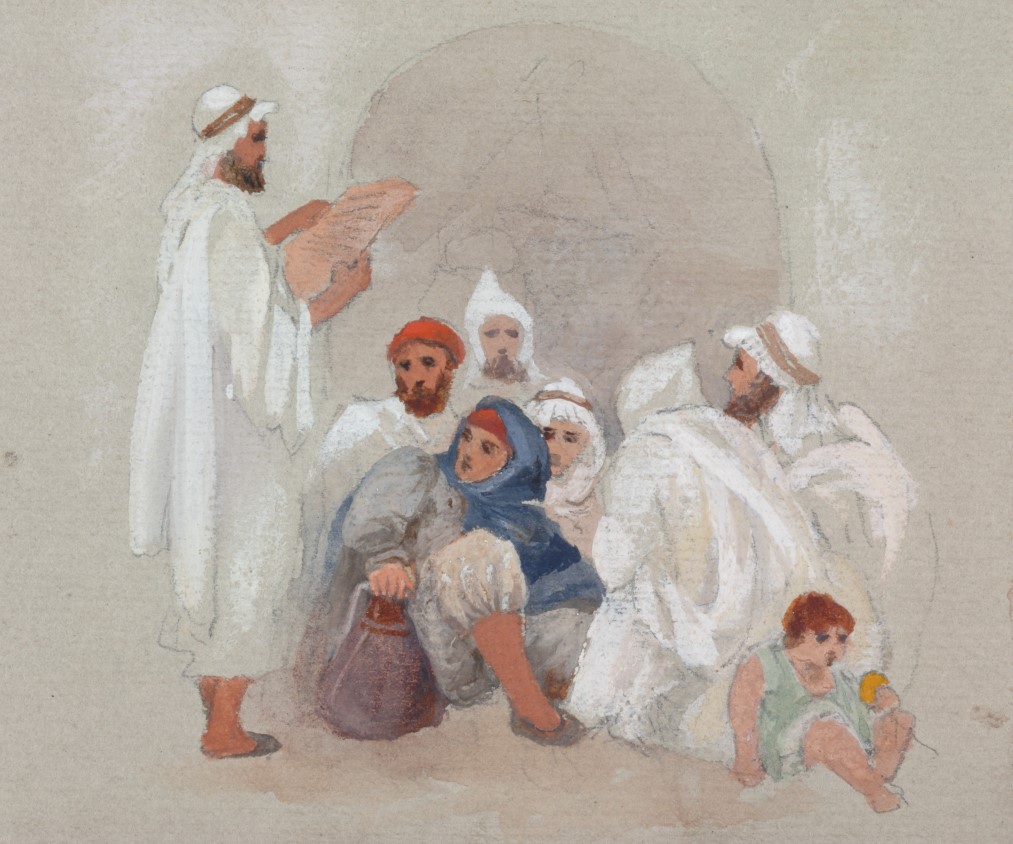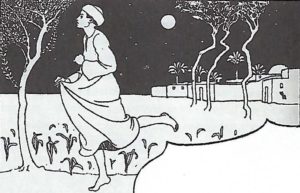Story Parables

High on the priority list of our most recent Lilias Trotter Board meeting this past spring was to “develop curriculum to link Lilias’ works with today’s reader.” To that end, we have created a “Tools for Learning” section on our website. Our most recent addition to this page is Lilias Trotter’s “Story Parables.”
Bonnie Camp Palmquist, a member of the LTL Board and life-time worker with the Arab people, has adapted eight of Lilias’ story-parables for potential use as supplemental reading material for ESL (English as a Second Language) for Arabic readers. Bonnie’s own introduction to her adaptation explains these parables best:

Everyone loves a good story. Stories come in different genres – there are true stories, factual accounts of someone’s life experiences. There’s fiction, where the author addresses truth through stories that are created in the author’s mind. Then there are parables, where a story is used to teach a specific truth encouraging a specific action.
Lilias Trotter lived and worked in North Africa, where the people were very familiar with the use of parables passed from one generation to the next to teach truth. So she wrote a number of her own parables to introduce God’s plan of salvation through Jesus’ death on the cross to the Muslim people who were her friends and neighbors. These parables dealt with things that would be familiar to her friends – the danger of traveling in the desert, the farmers’ fear of a swarm of locusts destroying their crops, the problem of finding clean water, the need to submit to those who ruled over them, the ornery but necessary camel, and many more.
These parables were printed in small booklets and given to anyone who wanted to read them, and some have survived through the years to our time. Though written for an Eastern culture they tell truths that are applicable to us today in a charming and colorful way that captures one’s attention by its very “different-ness”. The truths taught are universal and timeless. I encourage you to read these little jewels and let them touch your heart. Then think of ways they could be used to communicate to other friends, whether from a different culture or just a different world view. Let Lilias speak again one hundred plus years after these were first written, in a unique and creative way.
Bonnie’s adaptation brings forward this wonderful resource to be used in any number of ways – most immediately as supplemental reading material for ESL – and with rich possibilities beyond: homeschool instruction, Sunday school lessons, or simply “out-loud” reading with your own children or grandchildren. At the end of the parables is a list of discussion questions for each of the eight parables. We believe that the value of these parables is not limited to a given people or time but, through their unique wording and settings, they provide a fresh glimpse of the Gospel.
We will continue to keep you informed of new offerings coming up in the near future.
Click the button below to go to our “Tools for Learning” page. Scroll to the bottom of the page to find the link to the Story Parables:

